In the given diagram shows a beam balanced on a pivot. Add arrows to show the following forces:
A force pressing downwards on the beam that will have the greatest possible clockwise turning effect. Label this force .
A force pressing downwards on the beam that will have an anticlockwise turning effect equal in size to the turning effect of force . Label this force .

Why can we ignore these in calculating moments about the pivot?
A force pressing downwards on the beam that will have the greatest possible clockwise turning effect. Label this force .
A force pressing downwards on the beam that will have an anticlockwise turning effect equal in size to the turning effect of force . Label this force .


Important Questions on Turning Effects
For the situations in figure, calculate the missing distance so that the beams are in equilibrium.
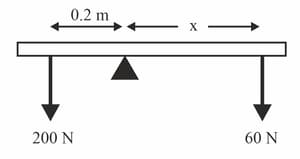
For the situations in the figure, calculate the missing distance so that the beams are in equilibrium.
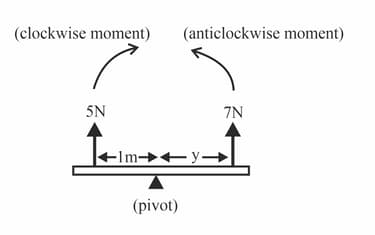
For the situations in the figure, calculate the missing force so that the beams are in equilibrium.
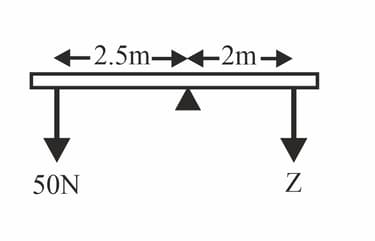
If we did not consider the weight of the beam. On the assumption that the beam is uniform and pivoted in the middle, state why you think this is reasonable.
In the figure all the forces are of equal size. State the force with the greatest moment about point .
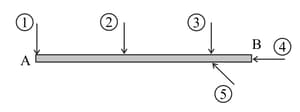
In the figure all the forces are of equal size. State the force that has no moment about point .

In figure, the beam is balanced (in equilibrium). Calculate the size of force .
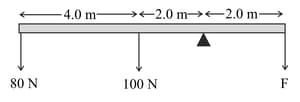
State and explain the condition that means an object will topple (fall over).
